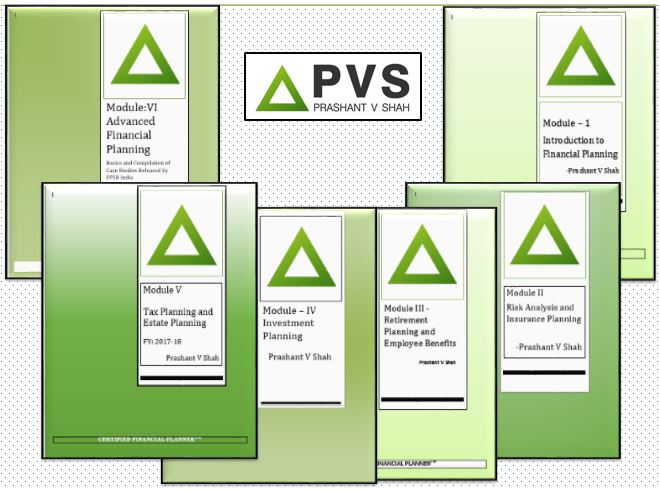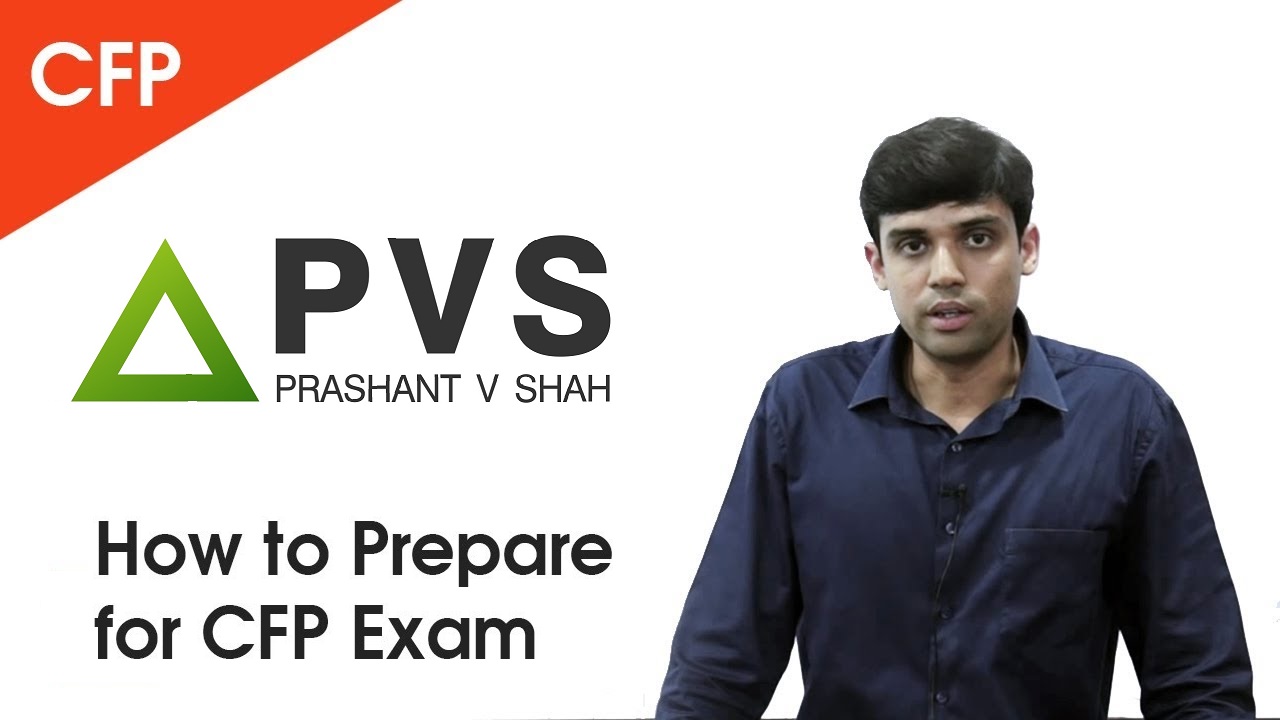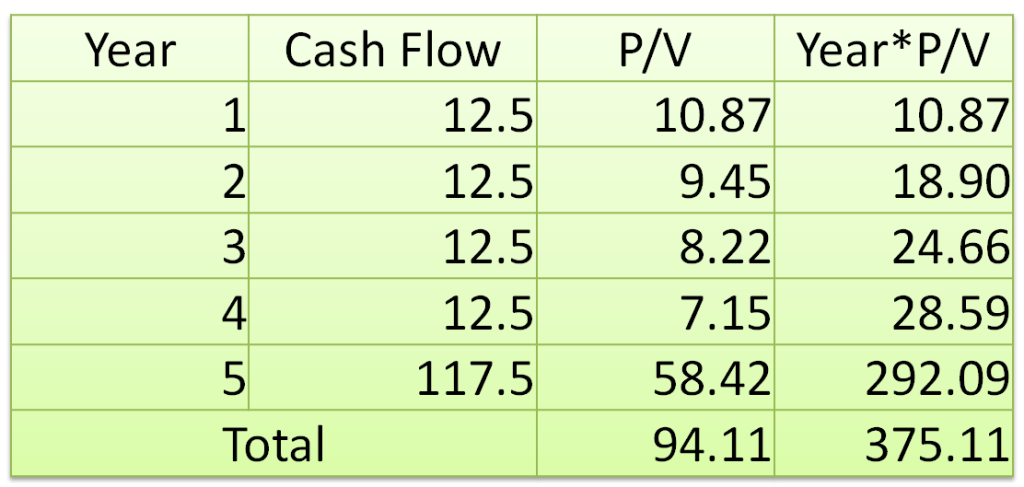What is Duration of the bond?
The very first thing to remember is, duration of the bond is not maturity of the bond as both are different.
- Duration is defined as a weighted average of the maturities of the individual payments
- It is a measurement of how long, in years, it takes for the price of a bond to be repaid by its internal cash flows
- It is an important measure for investors to consider, as bonds with higher durations carry more risk and have higher price volatility than bonds with lower durations
- Duration is also a point where the investor faces no interest rate risk
Terminology:
Macaulay Duration:
The formula usually used to calculate a bond’s basic duration is the Macaulay duration
Where,
n = number of cash flows
t = time to maturity
C = cash flow
r = required yield (YTM)
M = maturity (par) value
Alternate Equation:
Lets understand the same with an illustration:
Consider a 12.5% bond with annual coupons, redeemable after 5 years at a premium of 5%. If the current interest rate is 15%, calculate duration of the bond.
Hence Duration of the bond = 375.11/94.11 = 3.99 Years
Remember duration of a zero coupon bond is equal to its maturity.
Duration and Bond Characteristics:













